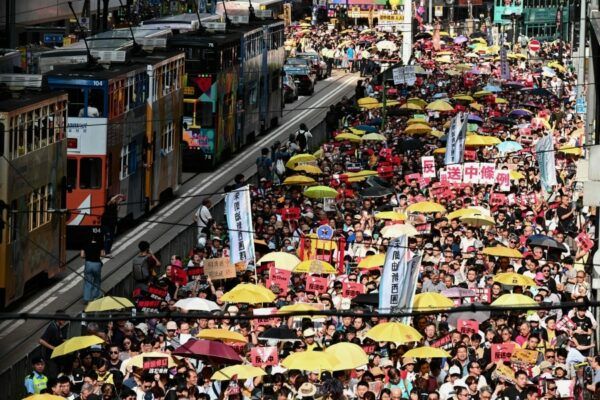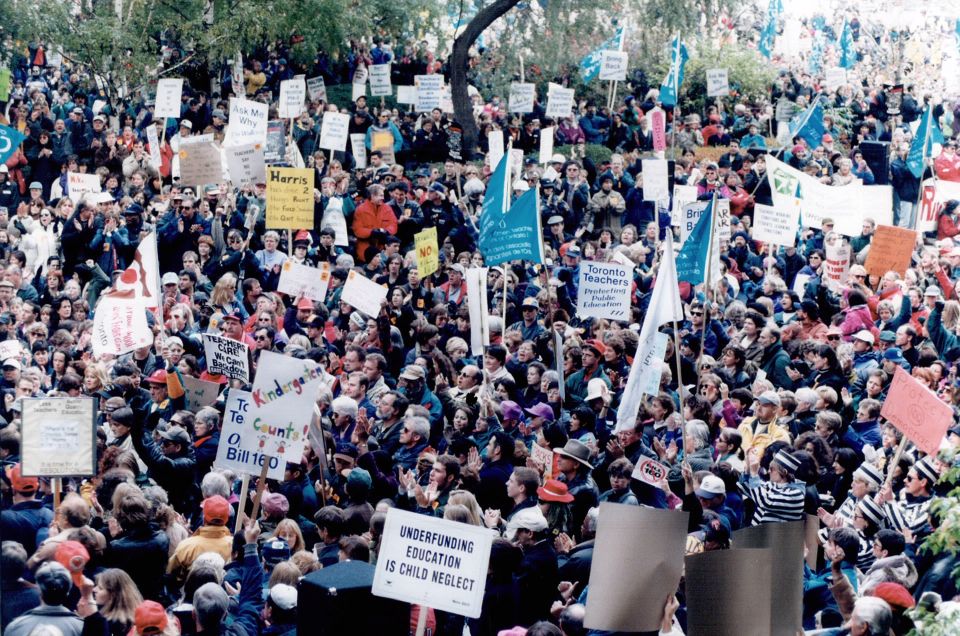The racist shooting rampage that claimed the lives of eight people in Atlanta on March 16 is only the most recent manifestation of rising anti-Asian racism in the last year. Both geopolitical and individual tensions have been steadily rising due to everything from the US-China conflict, to the COVID-19 pandemic, or according to Atlanta Police Department Captain Jay Bakerby, people having a “really bad day.” Anti-Asian hate crimes have increased 717 percent from 2019 to 2020 in Vancouver according to the police department. While there is no denying that anti-Asian hate crimes have been on the rise, racism towards Asians has always been a problem in western society since the advent of western imperialism in Asia.
At different times in history, western societies have characterized Asians as either hyper exotic sexual predators or as sexually effeminate weaklings. This characterization has less to do with changes in Asian cultures and more with western concerns over Asian economic competition, whether as a source of cheap labour, or as geo-political competitors. Before WWI, Asian workers, most of whom were Chinese men, were seen as crazed heathens who wanted to rape white women and tear apart civilized society if allowed to work in white homes. This image was presented to keep Asians working in dangerous, poorly paid railroad jobs, or low-status laundries and to keep them out of “respectable” jobs such as housekeeping or farming.
Anti-Asian lobbies in Canada and the US campaigned for Asian exclusion, resulting in similar laws being passed in both nations. Chinese home and business ownership was limited to “Chinatowns,” which today are presented as quaint tourist attractions rather than the results of racist segregation. The Canadian government introduced an anti-Chinese head tax in 1885 as soon as the Canadian Pacific Railroad was completed in the hope of discouraging the immigration of Chinese families in favour of cheap, mostly male, migrant labour for generations. Later, the Chinese Exclusion Act banned most Chinese immigration from 1923 to 1947. Different measures were applied to limit other Asian immigration: strict Japanese immigration quotas and the continuous journey regulations for South Asians.
However, with rising Japanese imperialism jeopardizing western interests in Asia before WWII, anti-Chinese stereotypes were reigned in, in order to maintain the West’s alliance with the pro-capitalist Chinese Nationalists battling Japan. Propaganda posters of Chinese workers suddenly showed Chinese men as obedient, hard-working allies against the Japanese.
This was the start of the “model minority” myth. The truth of the matter is that the label “model minority” is a tool used by the bourgeoisie to separate and pit races against one another. It is a gross generalization and ignores the thousands of years of history and unique traditions of different Asian ethnicities while at the same time excluding other nationalities from South and Pacific Asia.
The idea of the “model minority” has also been used to divide Asians from other minority racial groups; for example, the “model minority” label has been used time and time against the Black population of America. It allowed white oppressors to wash their hands of the responsibility of lasting effects of slavery using the logic of “Japanese people came out of internment camps and rebuilt themselves, and Black people haven’t, therefore it must be because they are lazy.” This allowed people to ignore the fact that centuries of slavery have resulted in intergenerational trauma, robbing people of their identity and shaking their very foundations while shorter-lived internment camps, while traumatic, did not have the same generational impact.
Furthermore, the oxymoron of over-sexualization and infantilization of Asians could be traced back to the 1950s. The post war era saw a wave of labour, feminist, and civil rights movements in the west. At the same time, US but also other western troops were stationed in Japan, and later fought prolonged conflicts in Korea and Vietnam. To many of these predominantly white soldiers the “submissive and obedient” Asian women seemed like preferable partners when compared to the women who were increasingly challenging traditional western gender roles back home. To the Asian women who were in these war zones, having a western soldier as a lover provided them stable rations as well as some measure of protection from the ongoing violence.
This is when the trend of feminizing Asians began. Asian men, whom less than a century previously were seen as barbaric heathens who wanted to rape white women, were now seen as weak and effeminate. This notion allowed these predominantly white soldiers to swoop in and “save” Asian women and take them back to their home countries to show them what a “real man” was like.
Obviously, the wave of post war social change was not limited to the west, and in some cases this served to reinforce western perceptions of Asian men and women. One of the more unique examples of rebellion can be found in 1970s Japan. Kawaii culture was started as a youth movement against the rigidity of post war Japan. It was initially started because it allowed the youth to embrace their individuality and protest against the enforced strict rigidity of Japanese culture by having cutesy handwriting that was later banned in schools. The movement started to go more radical and bring in fashion choices that were seen as childish as an opposition to the norm. At the same time, Japanese capitalists leaned into this trend and started marketing with “kawaii” in mind. This led to multimillion corporations such as Hello Kitty and the anime industry, which ultimately is what the west consumed as Asian culture.
This phenomenon grew into “yellow fever,” white men’s desire to pursue sexual relationships with Asians. In Asia, this “yellow fever” has contributed to sex tourism in Thailand and the Philippines, pushing back feminist movements in these and neighbouring Asian countries. In North America, it has contributed to rising hate crimes. The Atlanta shootings are only the most recent manifestation of the racist commodification of Asians in North America.
And now the question remains, what is there to be done about this? First and foremost, read up on Asian and Canadian history, why are certain people marginalized? Who gains from this divide?
We must stand in solidarity with each other even across the sea, with those in China and Hong Kong fighting the Chinese capitalist dictatorship, with the people of Myanmar fighting the coup, with Japanese activists struggling for a nuclear free world, with the Indian farmers’ strike, with Israelis and Palestinians fighting a reactionary state, with the Uighurs resisting genocide, to name but a few struggles.We cannot be physically involved in all of these fights, but international acts of solidarity, including financial support, social media campaigning, and political statements do make a difference.
Closer to home, learn about Canada’s historical and contemporary relationship with Asian people and call on our governments to do more than make empty promises for past wrong doings. Call out racist hate when you see it. Support workers in struggle including workplaces with strong Asian representation like the hotel workers of Unite Here Local 40. Socialist Alternative Canada has been working in solidarity with Unite Here 40 for two years, attending pickets, canvassing communities, working on the boycott campaign and participating in hunger strikes.
Solidarity is key in fighting back against racism. This is as true now as it was in early 1900 when the Steveston and Fraser River fishers’ strike united all fishers of Indigenous, Japanese, and European descent. The cannery owners lowered the agreed upon purchase price for each fish. The workers had a common goal and organized a strike of all 47 canneries in the region. The owners threatened to evict the vulnerable Japanese workers who relied on cannery supplies and housing. The Japanese workers went back to work, but as the strike continued, they decided against strike breaking and joined their fellow fishers back on the picket line. This act of solidarity won the fishers a higher rate per fish and started the unionization process for fishers that exists to this day.
Employers are afraid of this solidarity and try to split workers on false racial lines with propaganda and made-up escalations. Resist their tactics and stand with each other.
If you want to learn more about this topic, or are interested in joining Socialist Alternative, check out our website and our international website.




